歡迎訪問濟(jì)南科爾超聲波設備有限公司網站!
 91污_91污视频_91免费视频污_91视频污下载
91污_91污视频_91免费视频污_91视频污下载

新聞(wén)資訊
超聲波清洗機的參數有哪些?
作(zuò)者:admin來源:http://www.ahfanglei.com/時間:2021-05-26
1.頻(pín)率:
1. Frequency:
頻率≥20KHz ,可以分為低頻,中頻(pín),高頻3段。
Frequency ≥ 20kHz, can be divided into low frequency, medium frequency, high frequency 3.
2.清洗介(jiè)質:
2. Cleaning medium:
采用超聲波清洗,一般兩類清洗劑:化學溶劑、水基清洗劑等。清洗介質的化(huà)學作用,可(kě)以加速超聲波清洗效果,超聲波(bō)清洗是物理作用,兩種作用(yòng)相(xiàng)結合,以對物件進(jìn)行充分、徹底的清洗。
Ultrasonic cleaning is used. There are generally two kinds of cleaning agents: chemical solvent, water-based cleaning agent, etc. The chemical action of cleaning medium can accelerate the effect of ultrasonic cleaning. Ultrasonic cleaning is a physical action. The combination of the two functions can fully and thoroughly clean the objects.
3.功率密度(dù):
3. Power density:
功率密度=發射功率(W)/發射麵積(cm2)通常≥0.3W/cm2,超聲波的功率密度(dù)越高,空化效(xiào)果越強(qiáng),速度越快,清洗效果越好。但對於精密的、表麵光潔度甚高的物件,采用長時間的高功率密(mì)度清(qīng)洗會(huì)對物件(jiàn)表(biǎo)麵產(chǎn)生“空化”腐蝕。
Power density = emission power (W) / emission area (cm2), usually ≥ 0.3w/cm2. The higher the power density of ultrasonic, the stronger the cavitation effect, the faster the speed, and the better the cleaning effect. However, for precision and high surface finish objects, long-time high power density cleaning will cause cavitation corrosion on the surface of the object
4.超聲波頻率(lǜ):
4. Ultrasonic frequency:
超聲波頻率越低,在液體中產生的空化越容易(yì),產(chǎn)生的力度大(dà),作用也越(yuè)強,適用於工件(粗、髒(zāng))初洗。頻率高則超聲波方向性(xìng)強,適用於精細的物件清洗。
The lower the ultrasonic frequency is, the easier the cavitation in the liquid is, the greater the strength is, and the stronger the effect is. It is suitable for the initial washing of workpieces (coarse and dirty). High frequency ultrasonic direction is strong, suitable for fine object cleaning.
5.清洗溫度:
5. Cleaning temperature:
一般來說(shuō),超聲波在30℃-40℃時的空化效(xiào)果好。清洗劑則溫度越高(gāo),作用越顯著(zhe)。通常實際(jì)應用超聲波時,采(cǎi)用50℃-70℃的工作(zuò)溫度。
Generally speaking, the cavitation effect of ultrasonic is the best at 30 ℃ - 40 ℃. The higher the temperature is, the more significant the effect is. Generally, the working temperature of 50 ℃ - 70 ℃ is used in the practical application of ultrasonic.
推薦產品
推薦文章
 公司:濟南科爾超聲波設備有限公司
公司:濟南科爾超聲波設備有限公司  熱線:18663767799
熱線:18663767799 地址:山東省濟南市濟陽區創(chuàng)業路與啟航街交叉口南40米
地址:山東省濟南市濟陽區創(chuàng)業路與啟航街交叉口南40米




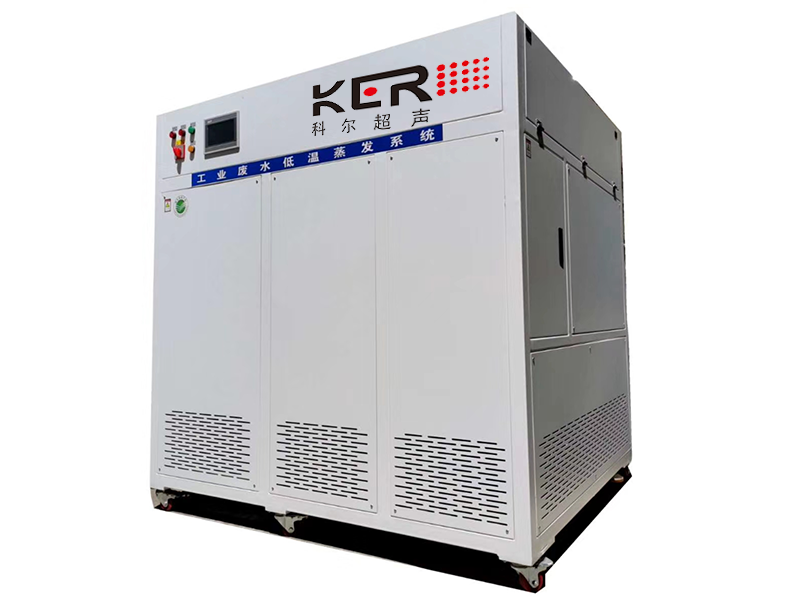
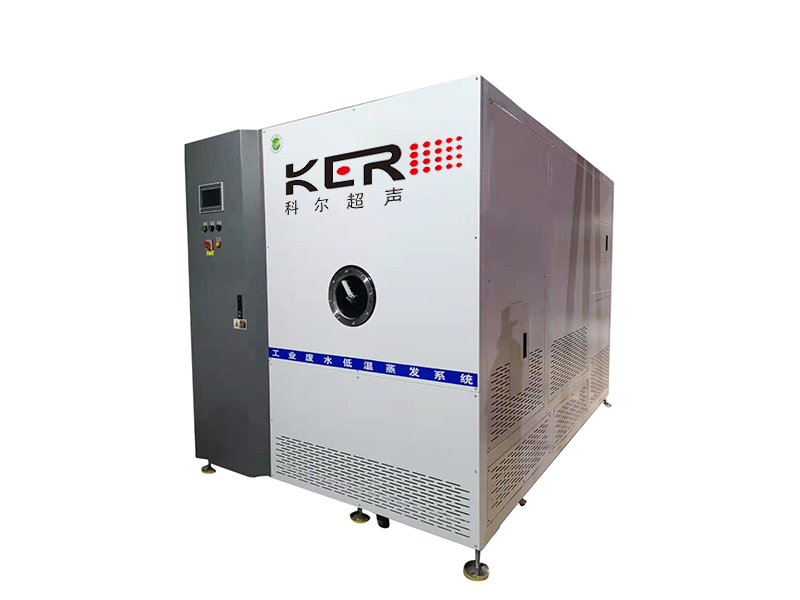
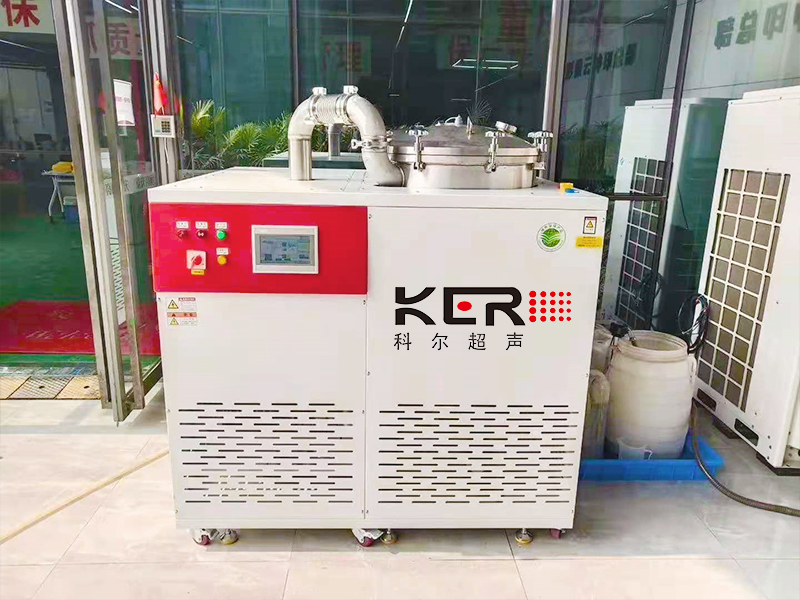

 新(xīn)聞資訊(xùn)
新(xīn)聞資訊(xùn)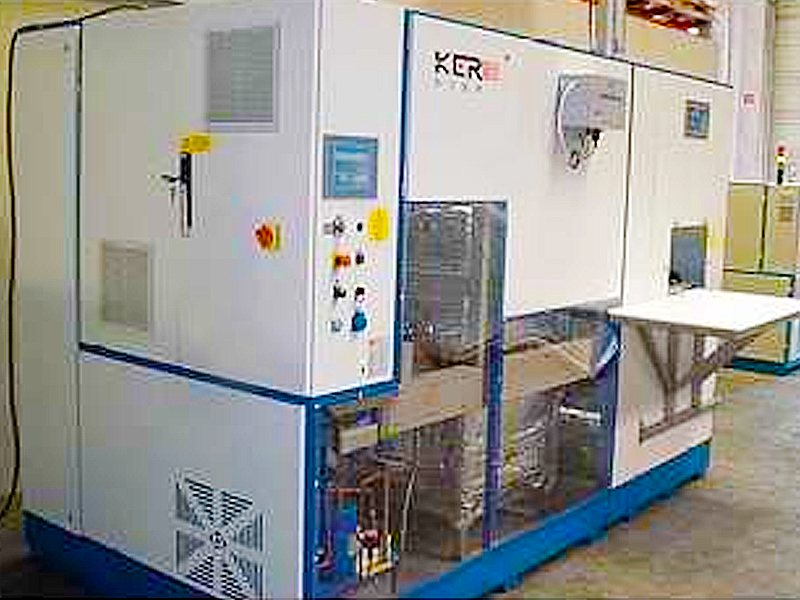
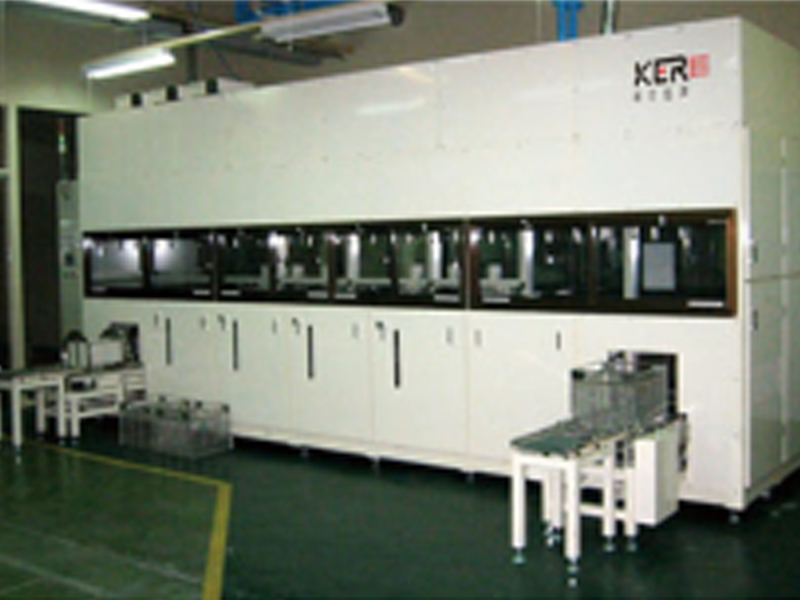
 聯係91污
聯係91污
 谘詢電話:18663767799
谘詢電話:18663767799 E-MAIL:jnkergs@163.com
E-MAIL:jnkergs@163.com 地址:山東省濟南市濟陽區創業路與啟航街交叉口南40米
地址:山東省濟南市濟陽區創業路與啟航街交叉口南40米 魯公網安備 37011202001385號
魯公網安備 37011202001385號
